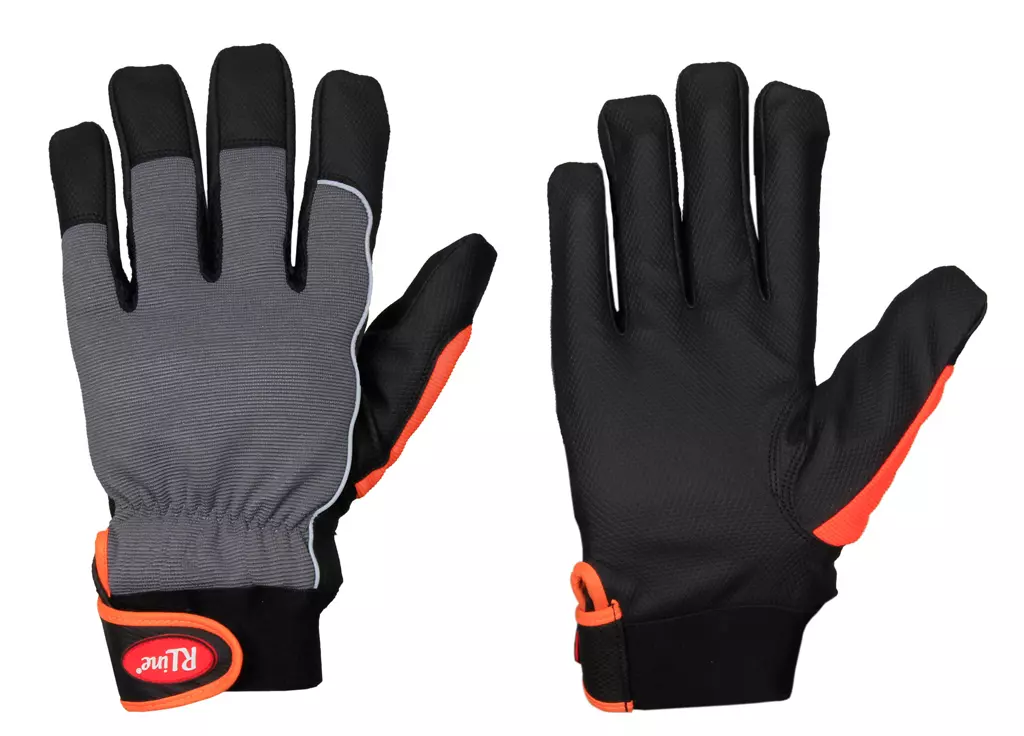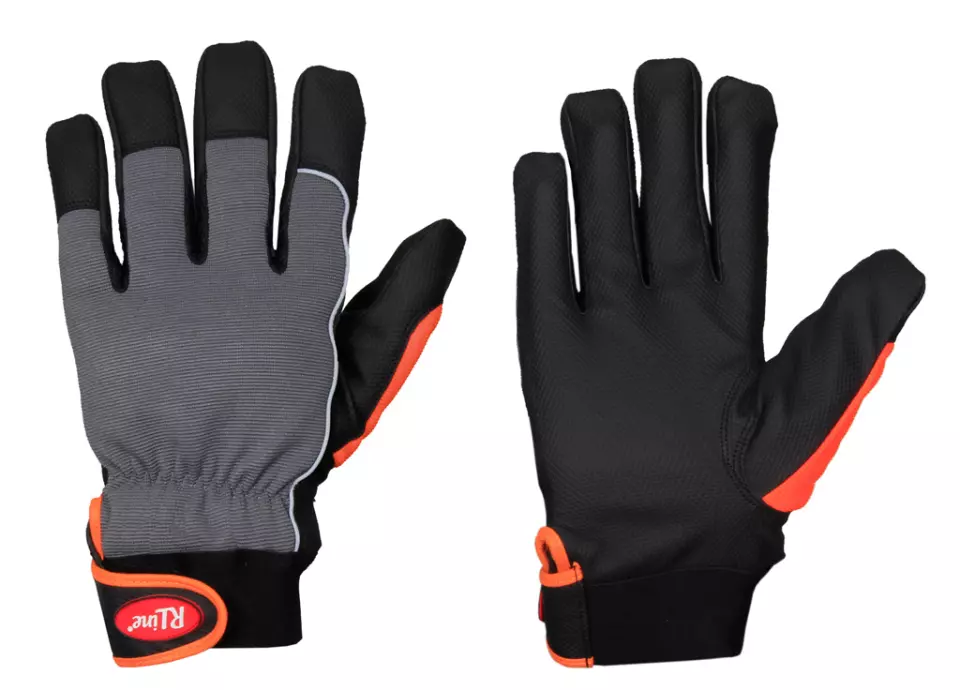
Features You'll Love

Palm Material · Synthetic Leather
The material used on the palm side of the glove, affecting grip, durability, protection level, and comfort during use.
Richard Leipold
RLine MEC WINTER Mechanics Winter Glove CE CAT 2 Fleece Lined, 60 pairs
RLine MEC WINTER Mechanics Winter Glove CE CAT 2 Fleece Lined, 60 pairs
4.7 / 5
577,01 €
Price per 10 packages (60 pairs)
9,62 € / pair
Choose size
Free delivery
Features You'll Love

Palm Material · Synthetic Leather
The material used on the palm side of the glove, affecting grip, durability, protection level, and comfort during use.
Product description
Hard-wearing winter glove made of black textured synthetic leather with an elastic elastane fabric back (in gray) and a contrasting orange insert on the thumb. The glove has an elasticated cuff with an individually adjustable Velcro fastener and is fully lined with fleece. It is ideal as a winter glove.